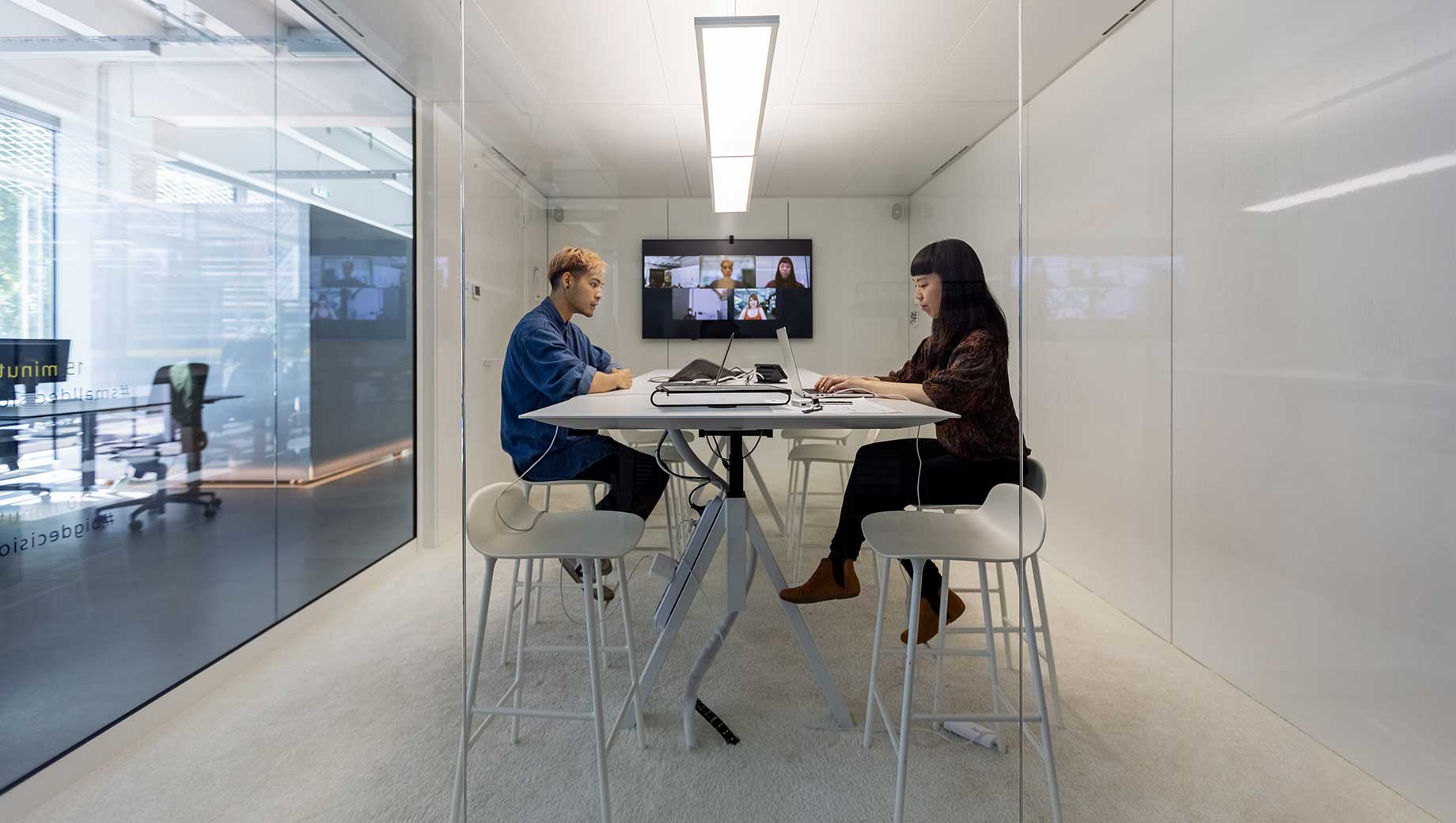Story Highlights
- Unclear hybrid strategies create conflict between employers and employees
- Customer centricity should be a primary focus of hybrid strategies
- Managers are the most critical element to successful hybrid work
Hybrid is here.
According to Gallup’s analysis, only 3% of employees in professional services with remote-capable jobs say they would prefer to work fully on-site. But only one in three prefer to be exclusively remote. This means that two out of three professional service workers, including roles such as engineers, administrative assistants, consultants, and computer programmers, prefer to be hybrid. And over half of them expect to be hybrid based on their employer’s plans.
But that doesn’t mean that hybrid isn’t a source of significant conflict between employers and employees.
An executive may say, “This isn’t working. Come back to the office. Collaboration isn’t doing well. Our culture is waning. We’re paying people to pursue their personal interests, hang out at home, and chill.”
The individual contributor may respond, “Who wants to sit in a life-sucking commute to then sit next to a manager I never liked anyways? What’s the point of sitting in a different chair, in an office, talking to the same people on video that I always do? Yes, I exercise more. Yes, I spend more time with family. But that’s what leads to sustainable productivity. Please know that I have options in the marketplace, given my skills!”
Is this simply a matter of different perspectives? What do we really know about the new hybrid workplace? And how can we use that data to bridge the gap between executive and worker perceptions of it?
Gallup research has discovered what hybrid workers in professional services appreciate most about their work situation:
- improved work-life balance
- efficient use of time
- more autonomy
- less burnout
- higher productivity
In other words, they see benefits to their overall life productivity and wellbeing.
But this doesn’t mean that hybrid work is perfect. Workers also note that hybrid work leads to:
- less connection to organizational culture
- decreased collaboration
- less access to resources
- coordination challenges
- disrupted processes
Clearly, organizations need to find a path forward that acknowledges and accepts the opportunities and challenges of hybrid work to drive value and profitability.
The CEO View: It’s All About the Customer
Peter Drucker put it best: “The purpose of business is to create and keep a customer.”
Today’s workplace is home to many opposing opinions -- social, cultural and political. But lost in all this is the fact that the workplace exists to serve the customer. Period. Whatever the hybrid workplace does, it has to get serving the customer right.
Unfortunately, from the CEO’s desk, the business-customer relationship is not looking well right now. The American Customer Satisfaction Index has fallen four percentage points since 2018, the largest drop in its 28-year history. Why does this matter so much? Because customer satisfaction is the primary driver of business growth.
The employee side of the employee-customer relationship is perhaps even more discouraging. Only three in 10 employees are proud of the products and services their organization offers. And only one in five believe that leaders in their organization are making decisions with their customers in mind.
Overall labor productivity is also struggling. According to the New York Bureau of Labor Statistics’ most recent report, productivity plunged earlier this year and only slightly recovered in the third quarter. We do not know the root cause of this sharp decline. Perhaps we are coming down from pandemic hyper-productivity. Perhaps the "Great Resignation" has led to many new hires, which take time to develop. Or perhaps we are in a “productivity funk,” with many workers feeling they can rest easier in the tight labor market.
Making Hybrid Work Work Well
Given the above data, it’s right for leaders to be concerned about their workplaces. It’s not business as usual. We are in a new world of work. So what can we do to make these hybrid workplaces more productive and aimed toward customer growth?
- How often should we be on-site? For collaborative roles, the most engaged employees (and ones with higher wellbeing) are working on-site around three days a week. However, the best option is customized to individual goals, team collaboration and customer value.
- Who decides the hybrid schedule? Leaders must provide guidance and framework, but Gallup’s data clearly show that work teams need to set their hybrid policy together. Direct organizational mandates do not work as well as team members’ promises to each other based on local needs and customer value. Alignment within the team on why the schedule works for individual performance, customer value and team collaboration creates the needed buy-in.
- What organizational change needs to happen? It’s time to review your employee value proposition. What people want out of a job has changed. It’s also necessary to create a workplace value proposition. Give a compelling reason for going to the office. Last, performance management systems need to be redesigned to fit hybrid work. We need to work against proximity and presenteeism bias while keeping our focus on clear expectations and accountability for outcomes.
- What do our managers need? Manager support is the most critical element to successful hybrid work. As a general rule, managers need to have one meaningful conversation per week with their direct reports. The conversations should be about goals, wellbeing, customers and collaboration.
Make hybrid work work for your organization.
- Read more about best practices for managing hybrid and remote teams.
- Discover what it takes to build a culture that transcends the workplace.
- See more data on the current state of hybrid and remote work in the U.S.



